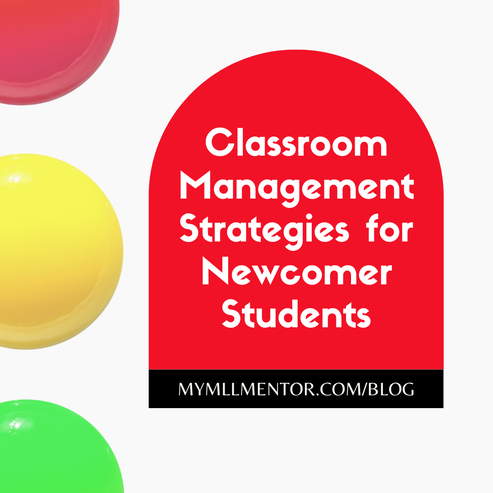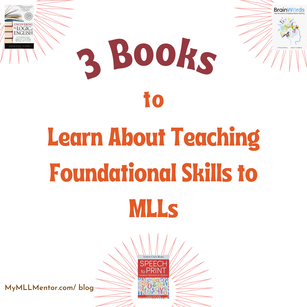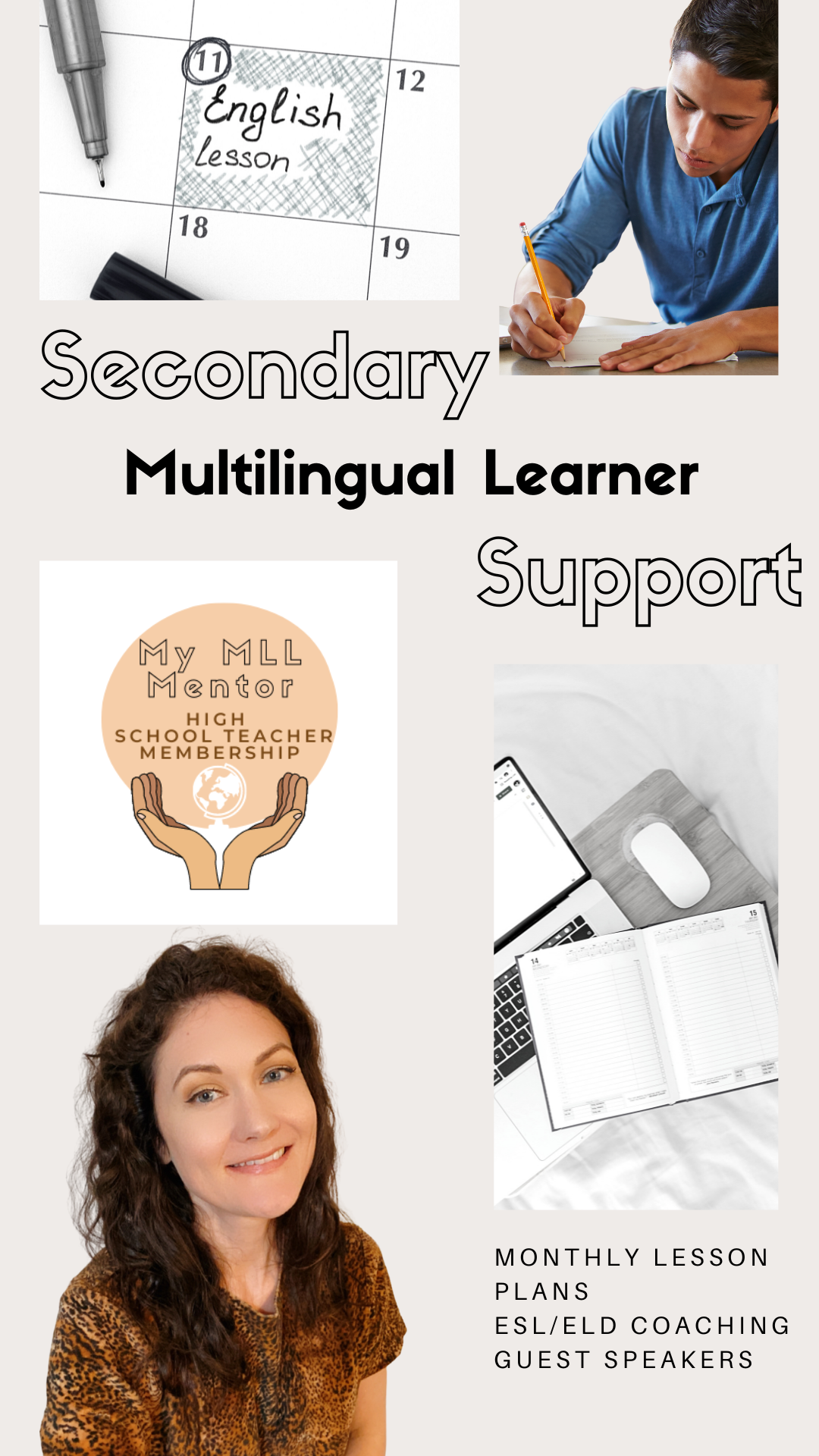|
I recently had a chat with one of our members from My MLL Mentor. In passing, she mentioned that her Newcomer class was very chatty, and they also had a habit of being on their phones. It reminded me of my Newcomer classes. The feeling of a little family. The feeling of comfort and companionship that comes along with a safe space. And also, the talkative nature that comes with that comfort. And the cell phones- the common problems we face coming back from the pandemic and with high school students in general! We talked about needing a reset with her class. That's one of the great things about teaching- we can really reset at any point in the school year, but the New Year is a great time for this. It got me thinking of my own classroom management strategies that I have tried and stuck with, depending on how each unique class responded to them. Here are some great classroom management strategies to try with Newcomers. They work because they involve one of the best scaffolds for this group- visuals! Red Light, Yellow Light, Green Light
For this classroom management strategy, all you need is red, yellow, and green construction paper. You can also get fancy and use some stick-on lights like these and place them somewhere students can see. If you are using paper, cut out your lights and place them on your board. Find a magnet that you can place next to the "light" you want to indicate students are on. If they are doing independent work, place the magnet next to the red light that shows they shouldn't talk and should be on-task. Before implementing any classroom management strategy, make sure the expectations during each color are explicitly taught. For Newcomers, this may need to be translated into their own language and acted out for them. Adding in visuals such as icons to help with comprehension is helpful too! Here are some example expectations: Red Light: No talking, in your seat, on-task Yellow Light: Low noise level, in your seat, can work with a partner Green Light: Inside voice noise level, partner/small-group/whole-group work, may be able to get up from your seat Spell It Out For this strategy, all you need is a whiteboard or a chalkboard and a marker or chalk. Have students think of their own word that they would like to spell out. It could be "English" or "Arabic", or it could be "Bad Bunny"- whatever they want, as long as it is appropriate of course. Once you have picked out your one word as a class, write that word on the board where all students can see. When students are on-task and have appropriate noise level, they get to keep their letters. If students become off-task, are too talkative, or out of their seats, a letter gets taken away. The goal is to have the full word at the end of the week, and they get a reward. We all know that students are food-oriented, but I am a fan of giving students other options. Here are some other rewards besides food that I have used in the past. These would normally happen on a Friday, or you could make this an end of the month reward too:
Opportunities to Respond (OTR) Ensuring that all students have an opportunity to respond means high engagement for students- including Newcomers! When engagement is high, there are less off-task behaviors. In Confianza's blog post Giving Our Newcomer Students Opportunities to Respond, author Marjorie Kerstein indicates three steps for OTRs:
How might we differentiate for our Newcomers? An example with white boards might be that some of your students can write a response while your Newcomers can draw one to show their understanding or use their first language. Hopefully some of these strategies can assist with some of the common behaviors that may happen in our Newcomer classes or our content-area classrooms. If you have any other visual strategies that you have tried and liked, leave a comment below for other teachers to check out!
0 Comments
Leave a Reply. |
AuthorI support middle and high school teachers through monthly lesson plans, coaching, and guest speaker offerings in our Secondary ESL Teacher Membership. Archives
April 2023
Categories
All
|



 RSS Feed
RSS Feed
